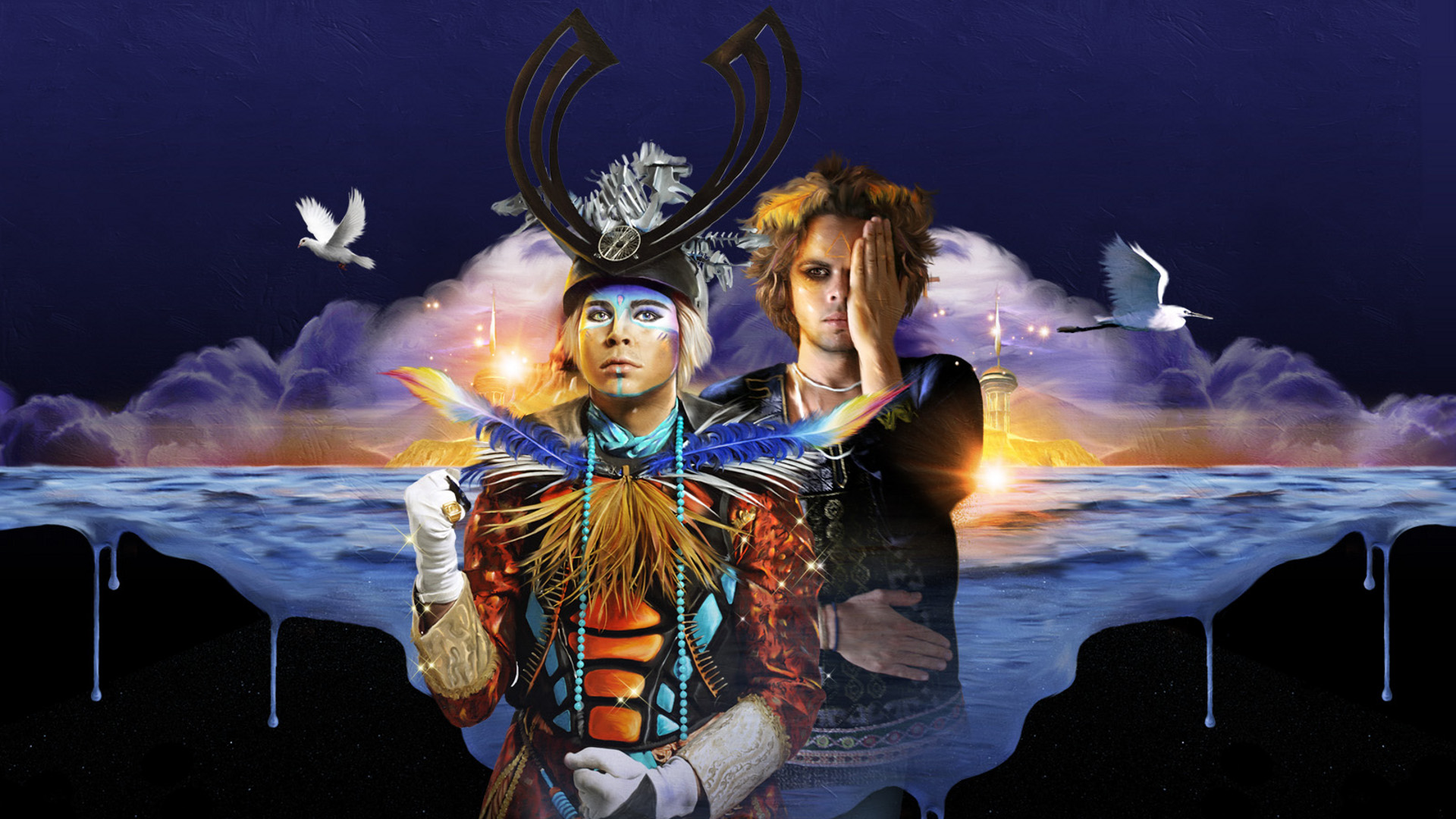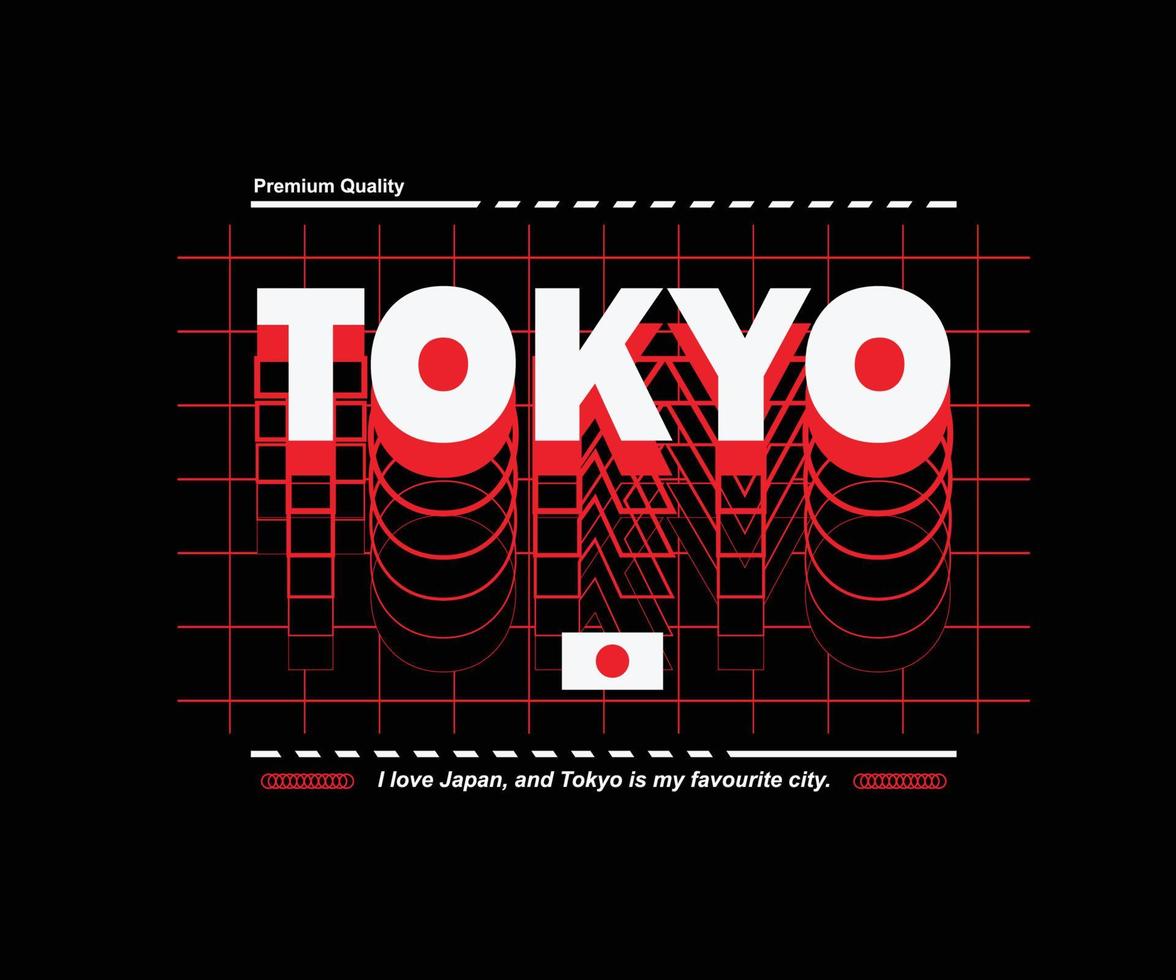collectible graphic
Collectible graphic
“The idea of photographing absence became really important,” says Baker. “War is about destruction, removing things, disappearance. A really interesting photographic language about disappearance in conflict emerged and it is extremely powerful https://voltage-bet.com/tennis/. How does one record something that is gone?””
“This is one of the first episodes of mass tourism in the history of the world,” explains Baker. “There were 300 million postcards sent from the western front, for instance by people visiting the places where their relatives had died. And the photographers had to make these incredible compromises: making photographs of places that weren’t there anymore.”
Another fascinating exhibition. The concept, that of vanishing time, a vanquishing of time – inspired by Kurt Vonnegut’s 1969 novel Slaughterhouse-Five and the Japanese photographer Kikuji Kawada’s 1965 photobook The Map – is simply inspired. Although the images are not war photography per se, they are about the lasting psychological effects of war imaged on a variable time scale.
Conflict, Time, Photography brings together photographers who have looked back at moments of conflict, from the seconds after a bomb is detonated to 100 years after a war has ended. Staged to coincide with the centenary of the First World War, this major group exhibition offers an alternative to familiar notions of war reportage and photojournalism, instead focusing on the passing of time and the unique ways that artists have used the camera to reflect on past events.

Film graphic
When we think of the film industry, our minds are often drawn to the glamour of Hollywood stars and the captivating storytelling on the big screen. However, behind every great film lies a team of talented individuals who work tirelessly to create the visual elements that make a movie unforgettable. Among these unsung heroes are graphic designers, the masterminds responsible for crafting movie posters and titles that capture our imaginations even before the opening credits roll. In this blog post, we’ll delve into the world of graphic design in the film industry, exploring the artistry and techniques that go into creating iconic movie posters and titles.
The wonders of tv series and movies never stop moving older and younger audiences.Although the applauses often go to the rest of the team, from now on, let’s keep an eye out for every prop and praise the graphic designers’ team for their larger-than-life contribution.
The use of colors and objects to depict the lives of both titular characters creates a visual world that is a treat for the audience as well as graphic designers all over the world. To keep the movie as close as possible to the real-life Julie Powell and Julia Child, graphic designers had to work extra hard on the film. Graphic design can have a significant impact on storytelling, and that is what it does in Julie And Julia.
The best, most addictive shows usually have a period, genre, and style that requires a set of physical spaces and props that create the mood that fits that specific world. One example that comes to mind is Harry Potter and the Fantastic Beast movies.
Graphic design connects narrative vision to viewer perception, imbuing stories with a primal visual language, and leaving an indelible mark on our senses. In this article, we are going to explore how was graphic design used in film and television, looking at its historical uses and potential future developments.
Retro graphic
Brands looking to embrace nostalgic design can follow these strategies: Research the Target Audience – Understand the era that resonates most with your audience. Combine Old with New – Blend vintage aesthetics with modern elements to keep designs fresh. Use Authentic Elements – Incorporate textures, fonts, and colors true to the era. Tell a Story – Nostalgia works best when it evokes memories and emotions through storytelling.
If you want to go psychedelic for your next gig, album cover or video, check out this Psychedelic Music Flyer by Muhamadiqbalhidayat or these Colorful Psychedelic and Psychedelic Dance videos by nguluidu.
“Retro style is a style that is imitative or consciously derivative of lifestyles, trends, or art forms from the historical past, including in music, modes, fashions, or attitudes. It may also be known as “vintage-inspired”.” (Wikipedia).
With that in mind, certain elements of retro design may actually be repeated from former designs. They may have been altered to fit the then-modern sensibilities, or they may just have been copied completely. Either way, the odds are that your retro design will incorporate throwback design elements from multiple eras, whether you intend to or not.And this does not harm.

Brands looking to embrace nostalgic design can follow these strategies: Research the Target Audience – Understand the era that resonates most with your audience. Combine Old with New – Blend vintage aesthetics with modern elements to keep designs fresh. Use Authentic Elements – Incorporate textures, fonts, and colors true to the era. Tell a Story – Nostalgia works best when it evokes memories and emotions through storytelling.
If you want to go psychedelic for your next gig, album cover or video, check out this Psychedelic Music Flyer by Muhamadiqbalhidayat or these Colorful Psychedelic and Psychedelic Dance videos by nguluidu.
Movie art
By signing up you agree to receive recurring automated promotional and personalized marketing text messages (e.g. cart reminders) from Art.com at the cell number used when signing up. Consent is not a condition of any purchase. Reply HELP for help and STOP to cancel. Msg frequency varies. Msg & data rates may apply. View Terms at & Privacy at
Discover our unique selection of customizable movie-themed wall art to express your passion for the big screen. are you a real film fan? Then design your own four walls with our high-quality film wall pictures and immerse yourself in the world of your favorite films every day.With us you will find a variety of motifs – from classic film posters to modern interpretations of popular film scenes. Our wall pictures films are not only a visual highlight, but can also be perfectly tailored to your personal style. You have the opportunity to choose your desired motif and give it a personal touch. Whether it’s a name, favorite quote or a special date, we will design your mural exactly according to your ideas.Our mural films offer you:- Personalization options: Add a personal touch to your mural – High-quality materials: Long-lasting prints on canvas, acrylic glass or aluminum dibond – Variety of sizes: Choose the right size for your room – Easy installation: With the included installation set you can attach your mural quickly and easily – Safe packaging: your mural reaches you safe and soundMake your home a reflection of your film enthusiasm and enjoy the atmosphere that our film wall pictures create. Order now and create an ambience that perfectly reflects your love of film with just a few clicks. Our shop stands for quality and individuality – find your personal mural now and bring cinema magic into your four walls!
Use of this site constitutes acceptance of our Terms of Service and Privacy Policy.This site is designed to be compliant with current web accessibility standards, however if you’re having trouble accessing any area of the site please call (212) 226-2207 or email gallery@posteritati.com.
All images on CineMaterial.com are intended for non-commercial entertainment and education use only – reviews, fan art, blogs, forums, etc. CineMaterial is not endorsed, sponsored or affiliated with any movie studio. All copyrights, trademarks, and logos are owned by their respective owners. This site is for non-profit/educational use only. Using images from CineMaterial to make and/or sell reprinted movie posters is strictly forbidden.
Did you know that during the communist-era a lot of surreal movie posters were created in Poland, as an alternative to banned U.S. publicity material? Some are true works of art! Make sure to have a look at our section of classic Polish posters.

